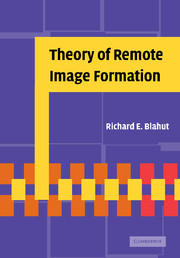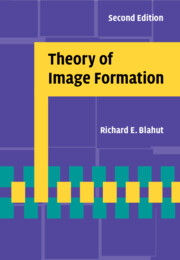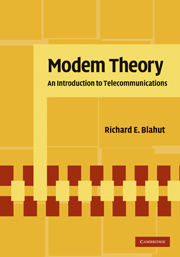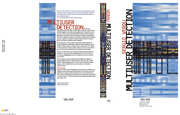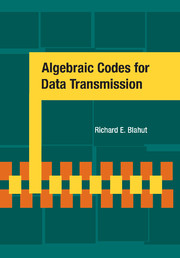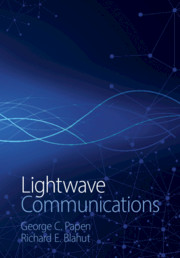Theory of Remote Image Formation
This book was first published in 2004. In many applications, images, such as ultrasonic or X-ray signals, are recorded and then analyzed with digital or optical processors in order to extract information. Such processing requires the development of algorithms of great precision and sophistication. This book presents a unified treatment of the mathematical methods that underpin the various algorithms used in remote image formation. The author begins with a review of transform and filter theory. He then discusses two- and three-dimensional Fourier transform theory, the ambiguity function, image construction and reconstruction, tomography, baseband surveillance systems, and passive systems (where the signal source might be an earthquake or a galaxy). Information-theoretic methods in image formation are also covered, as are phase errors and phase noise. Throughout the book, practical applications illustrate theoretical concepts, and there are many homework problems. The book is aimed at graduate students of electrical engineering and computer science, and practitioners in industry.
Product details
No date availablePaperback
9781107404526
554 pages
244 × 170 × 29 mm
0.87kg
Table of Contents
- Preface
- Acknowledgments
- 1. Introduction
- 2. Signals in one dimension
- 3. Signals in two dimensions
- 4. Optical imaging systems
- 5. Antenna systems
- 6. The ambiguity function
- 7. Radar imaging systems
- 8. Diffraction imaging systems
- 9. Construction and reconstruction of images
- 10. Tomography
- 11. Likelihood and information methods
- 12. Radar search systems
- 13. Passive and baseband surveillance systems
- 14. Data combination and tracking
- 15. Phase noise and phase distortion
- References
- Index.

